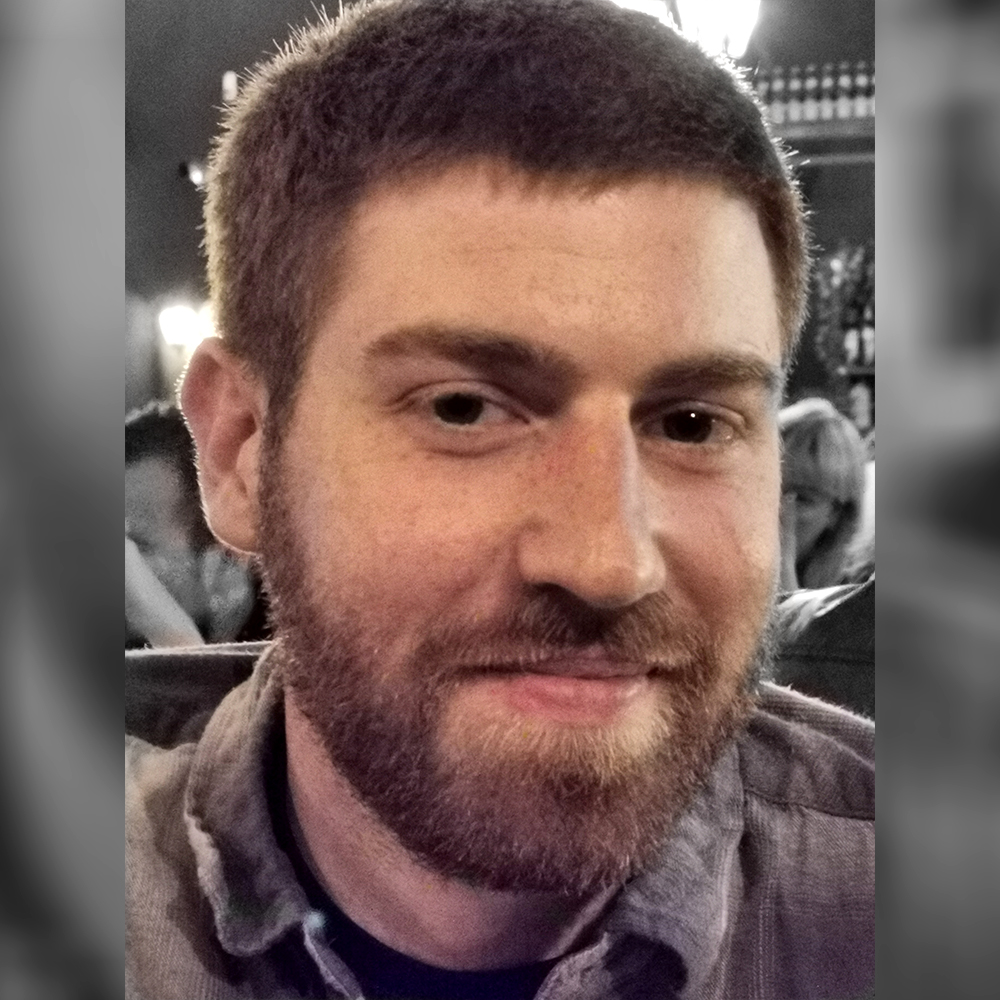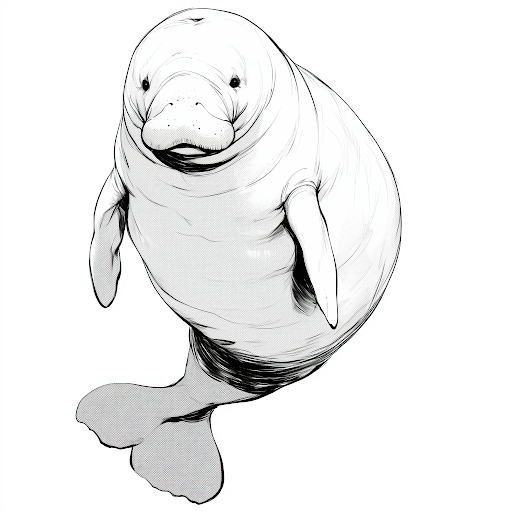The Antillean manatee (Trichechus manatus manatus) inhabits the warm shallow waters of the Caribbean Sea, Gulf of Mexico, and Atlantic coastline. Once abundant, their numbers declined sharply due to habitat destruction, hunting, and increased marine traffic.
Belize, and particularly areas like St. George’s Caye, now provide one of the most important remaining strongholds for this species.
Between 2017 and 2022, researchers deployed hydrophones to record manatee vocalisations in Belizean lagoons. These sounds—squeaks and squeals—offer insights into manatee behaviour, habitat use, and movement patterns across different times of day and seasons.
Understanding how manatees use these shallow coastal areas is critical for informing conservation strategies, regulating boat traffic, and safeguarding breeding grounds.
The recordings not only support protection efforts in Belize, but also create a foundation for expanding monitoring programmes to other regions, such as Haiti, where manatee populations also face growing threats.

Despite the importance of these recordings, major challenges limited their usefulness:
These technical barriers meant that conservation teams lacked the ability to efficiently detect manatees, map their habitat use, or respond quickly to emerging threats.
Deep Voice developed a few-shot learning pipeline to overcome the data and environment gap.
Starting with a model trained on captive manatees, we fine-tuned it using a small number of wild recordings from Belize, allowing accurate detection even under noisy, real-world conditions.
This approach automated manatee call detection across hundreds of hours of recordings, enabling real-time mapping of their presence in critical habitats.
It also built a scalable framework that can adapt across species, environments, and recording devices, strengthening conservation work in Belize and future sites like Haiti.

DS Researcher

Postdoctoral Research Fellow at Mote Marine Laboratory

Mote Marine Laboratory Researcher